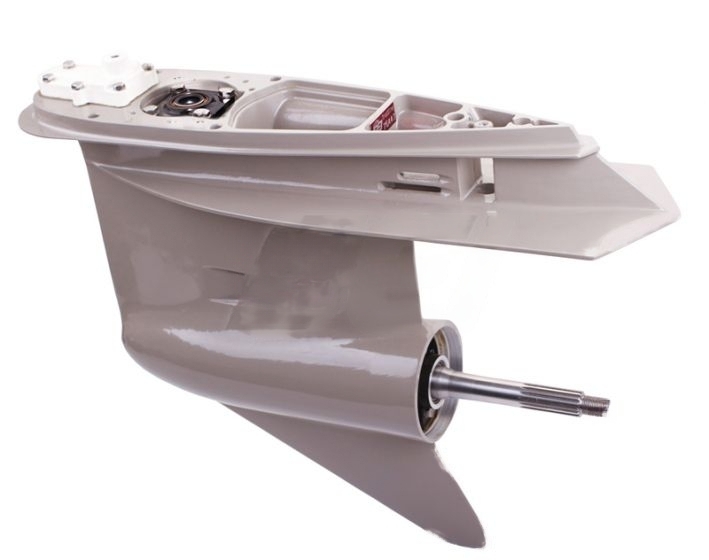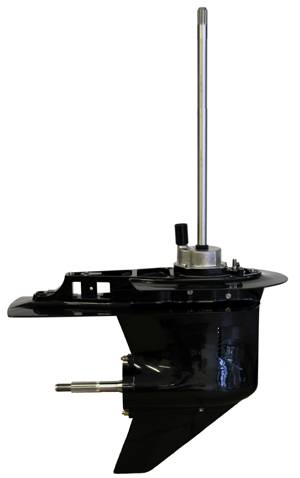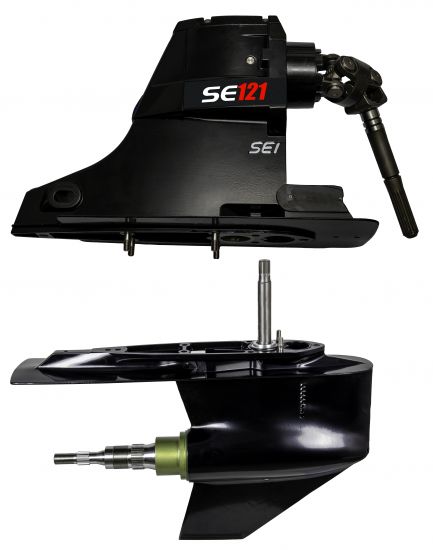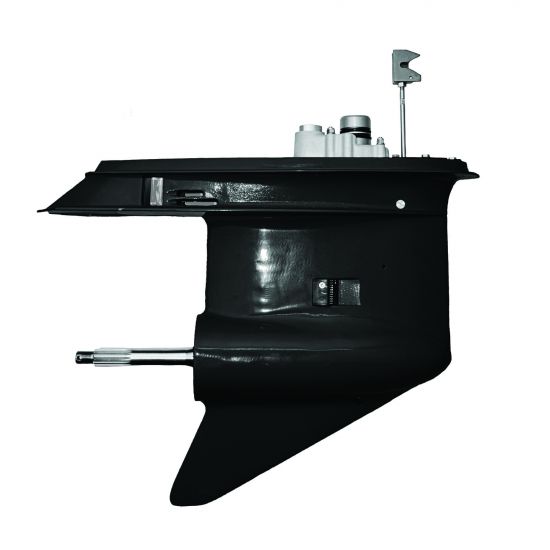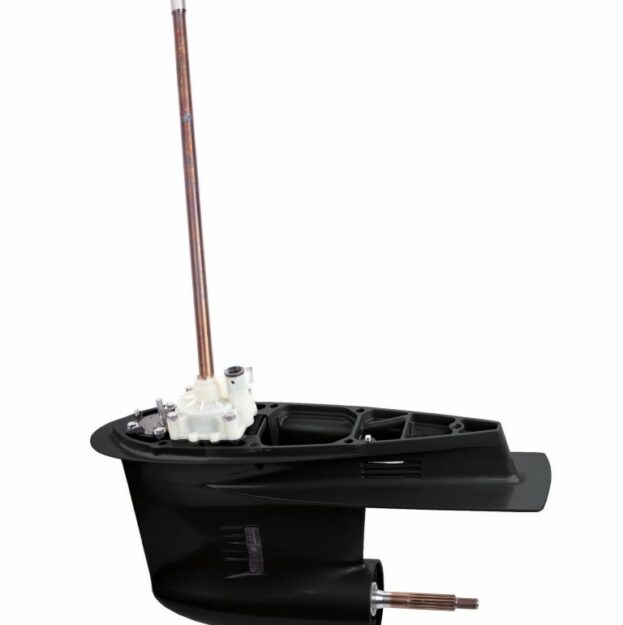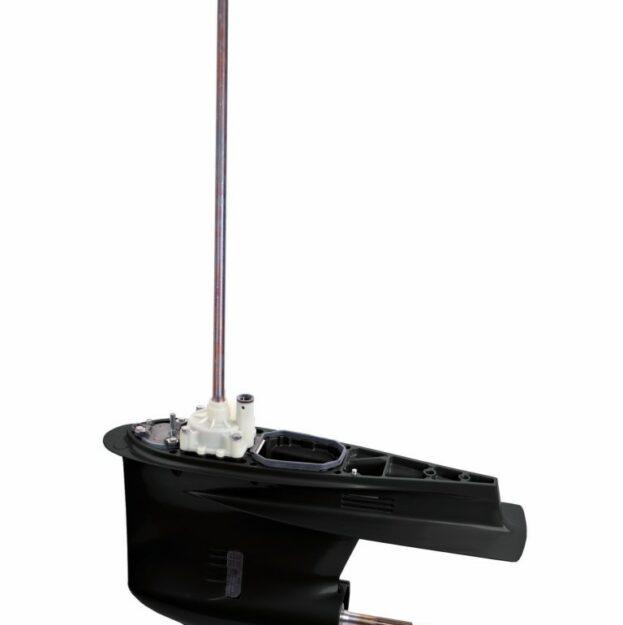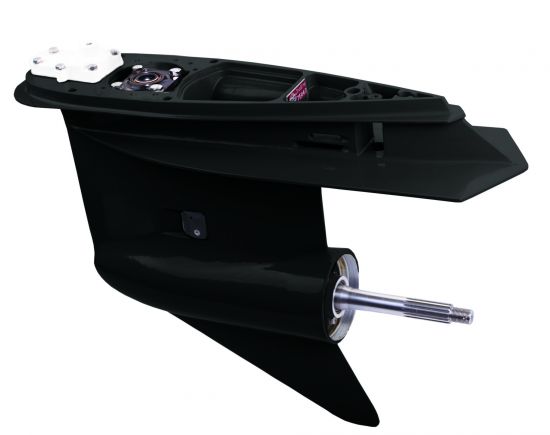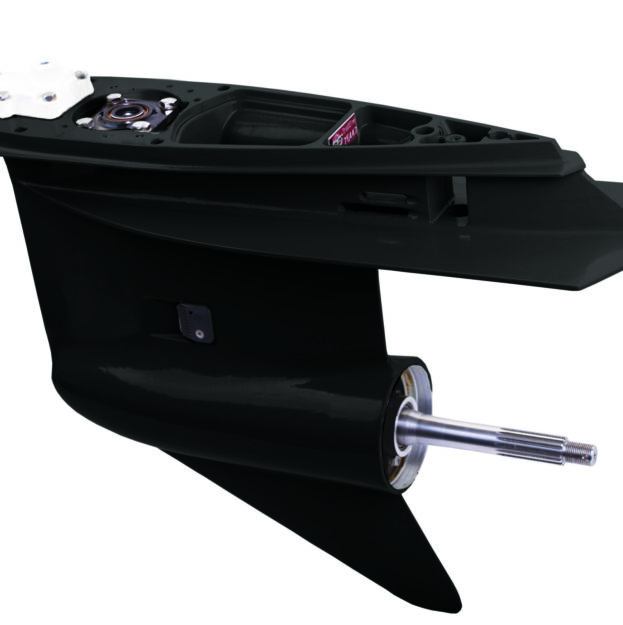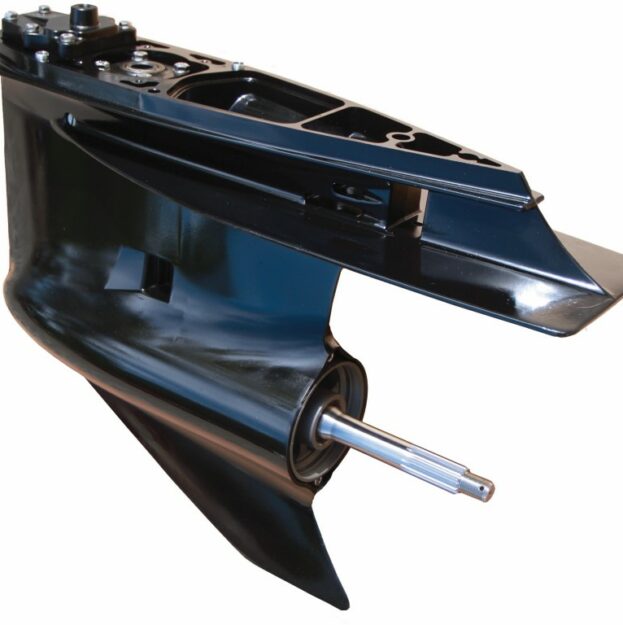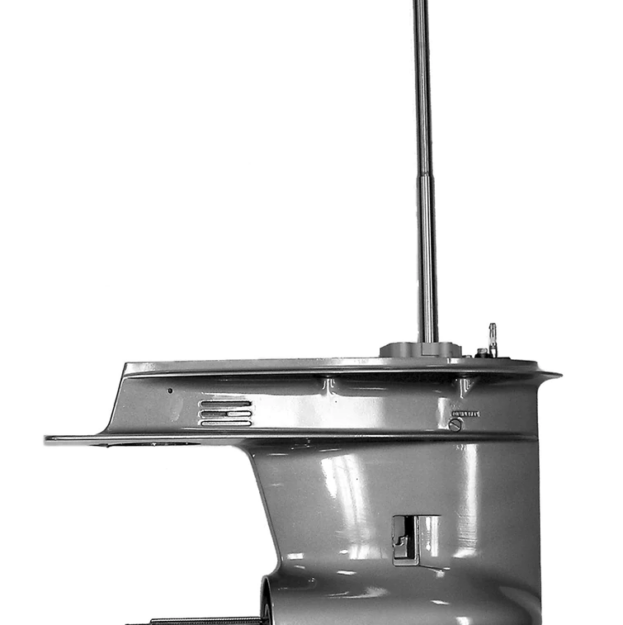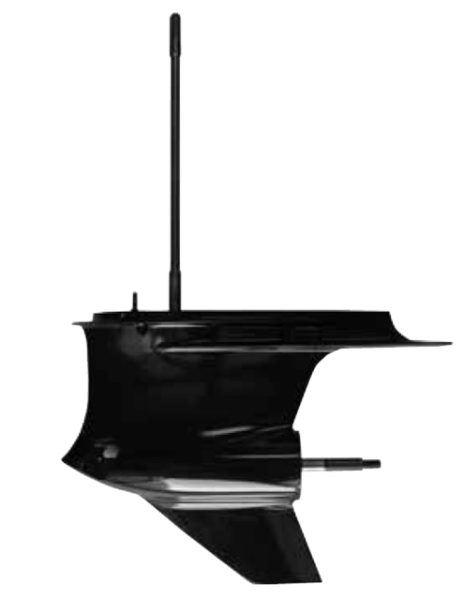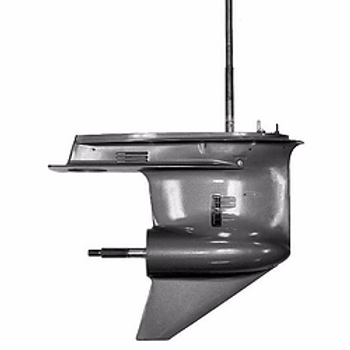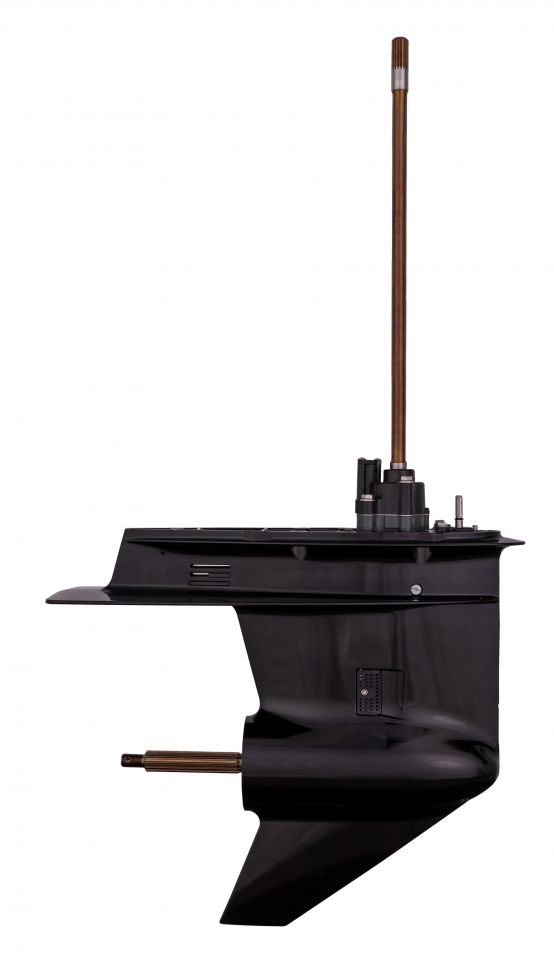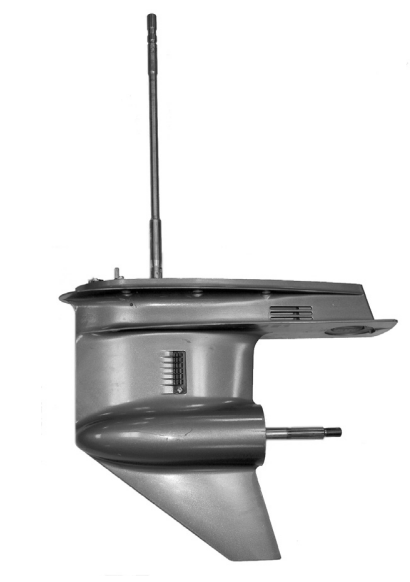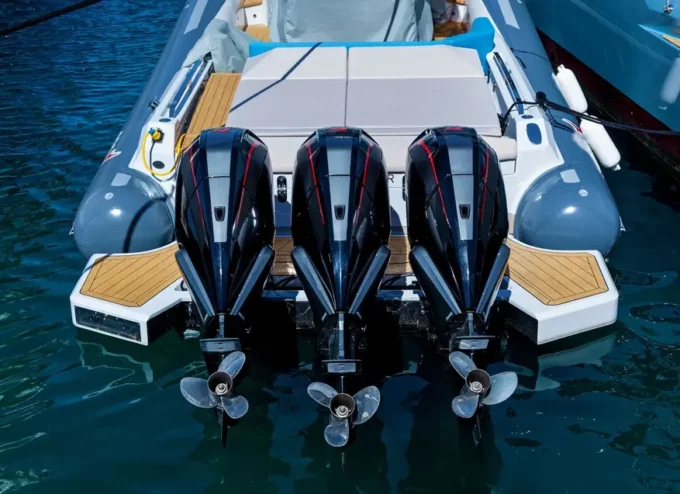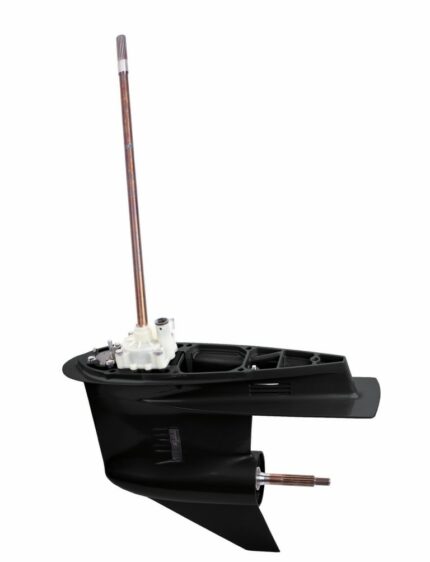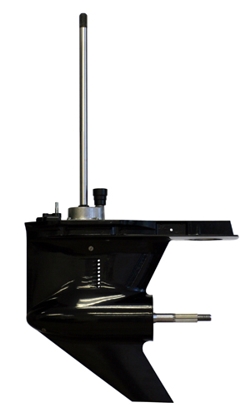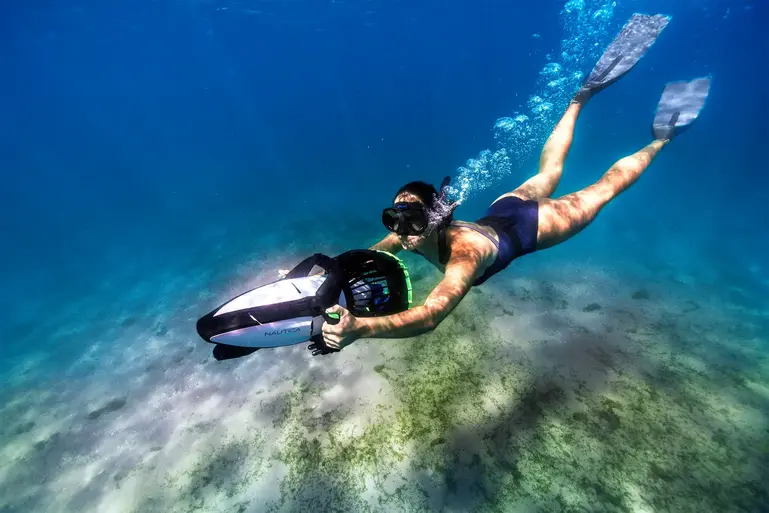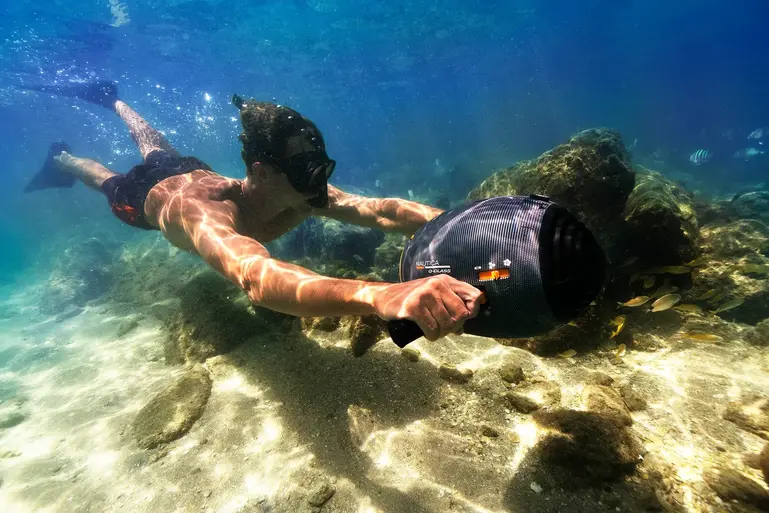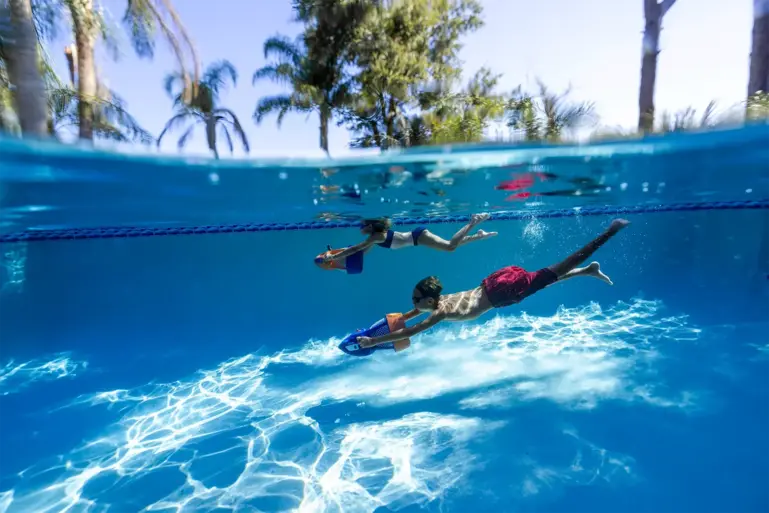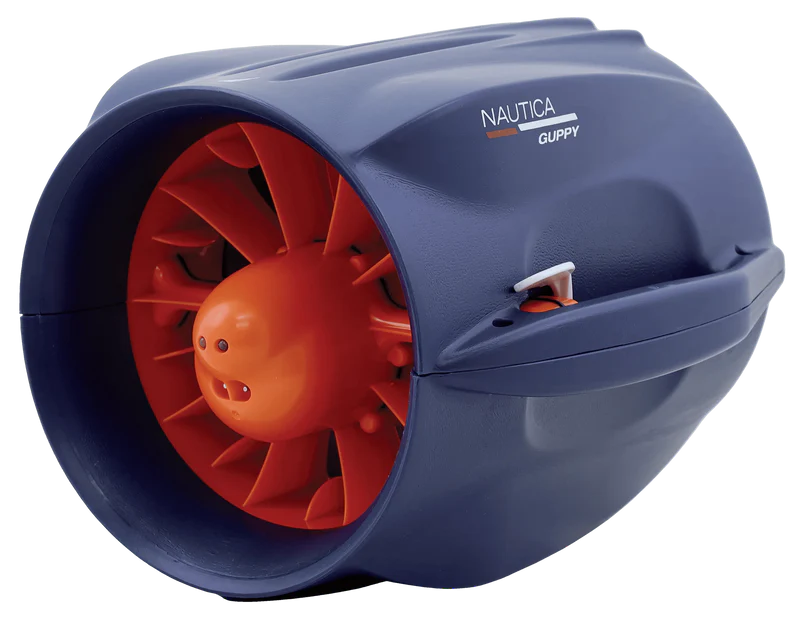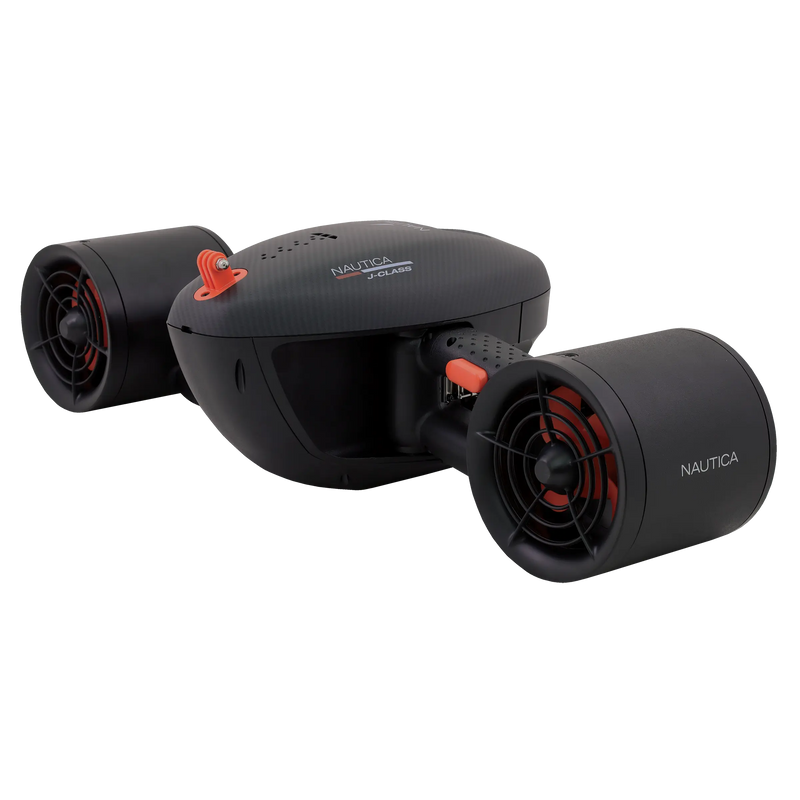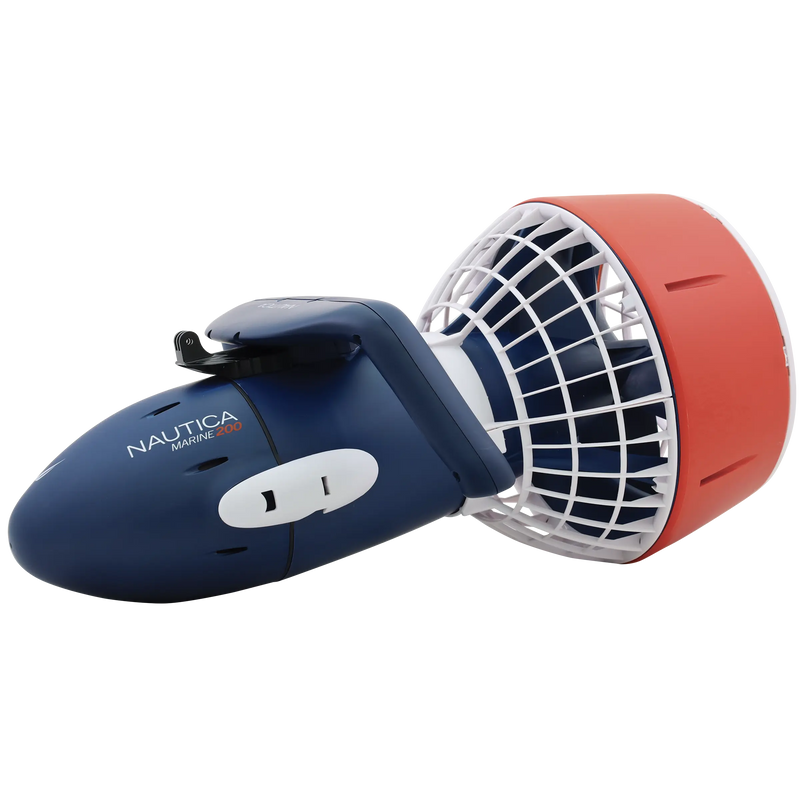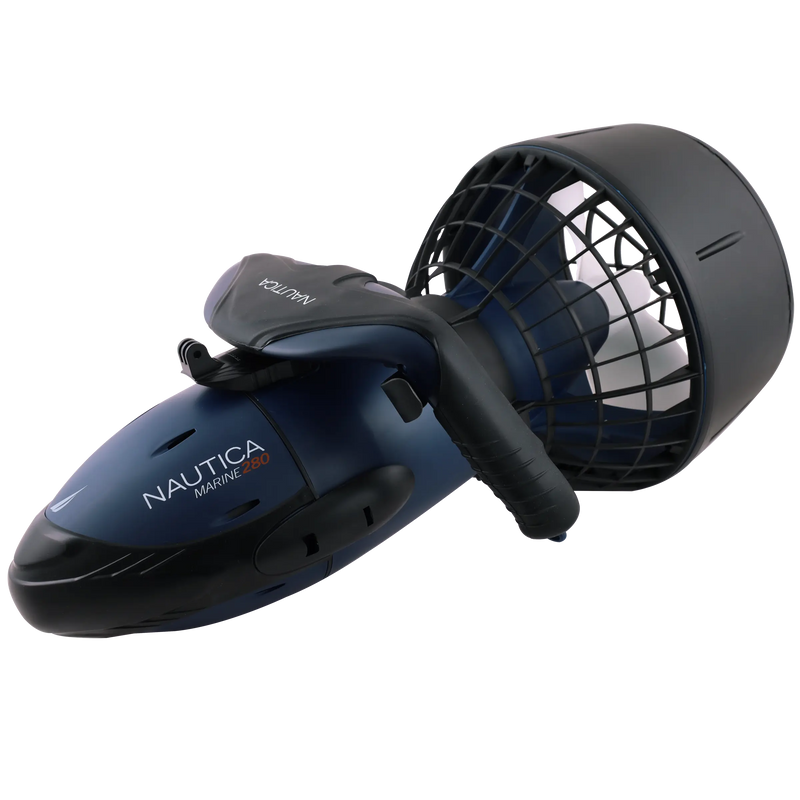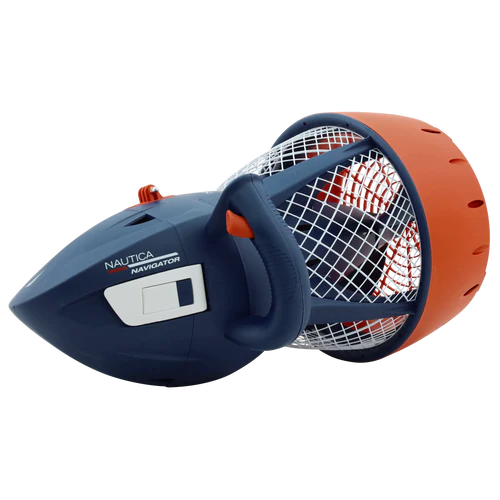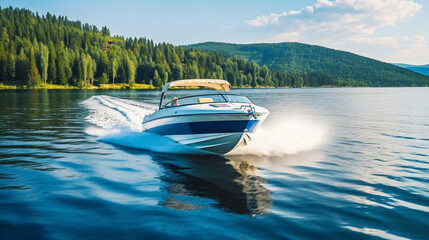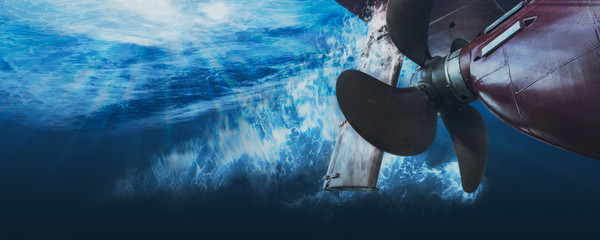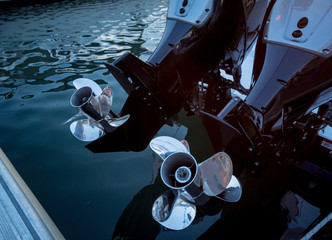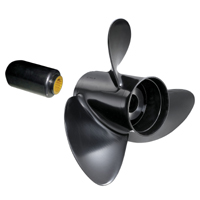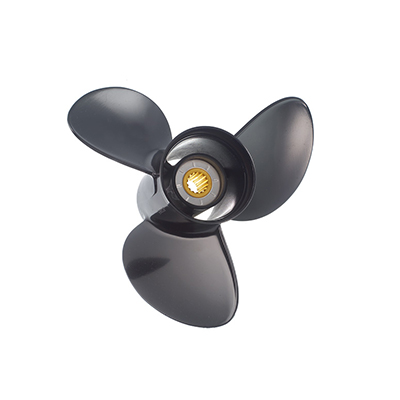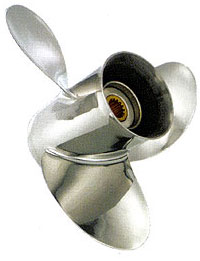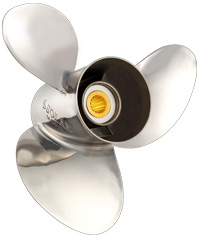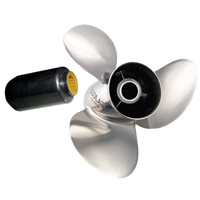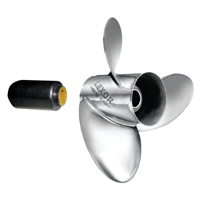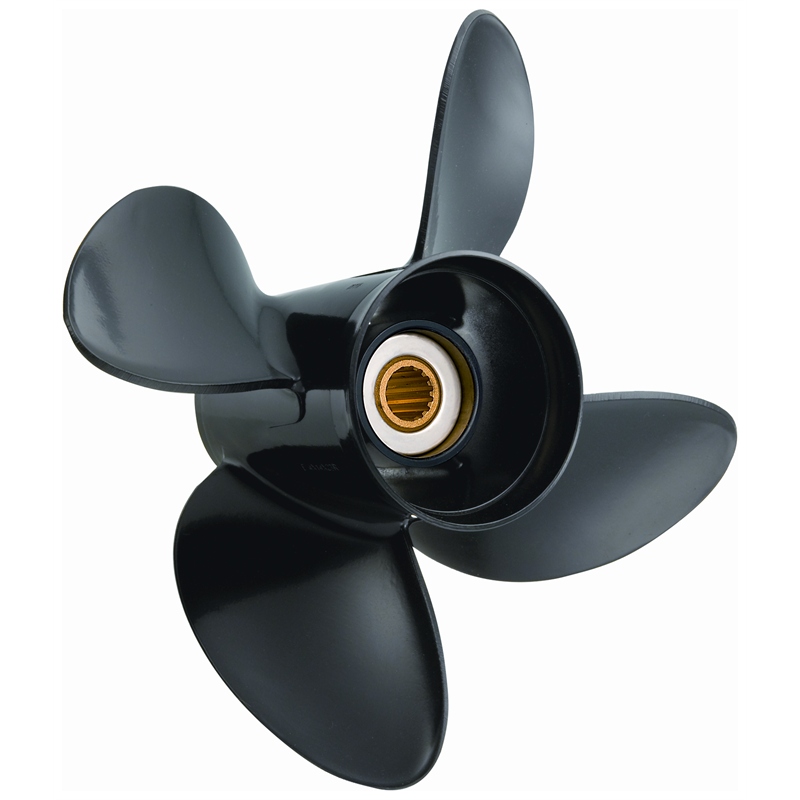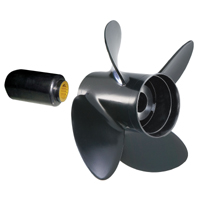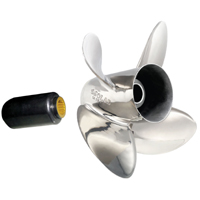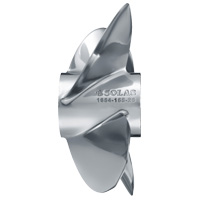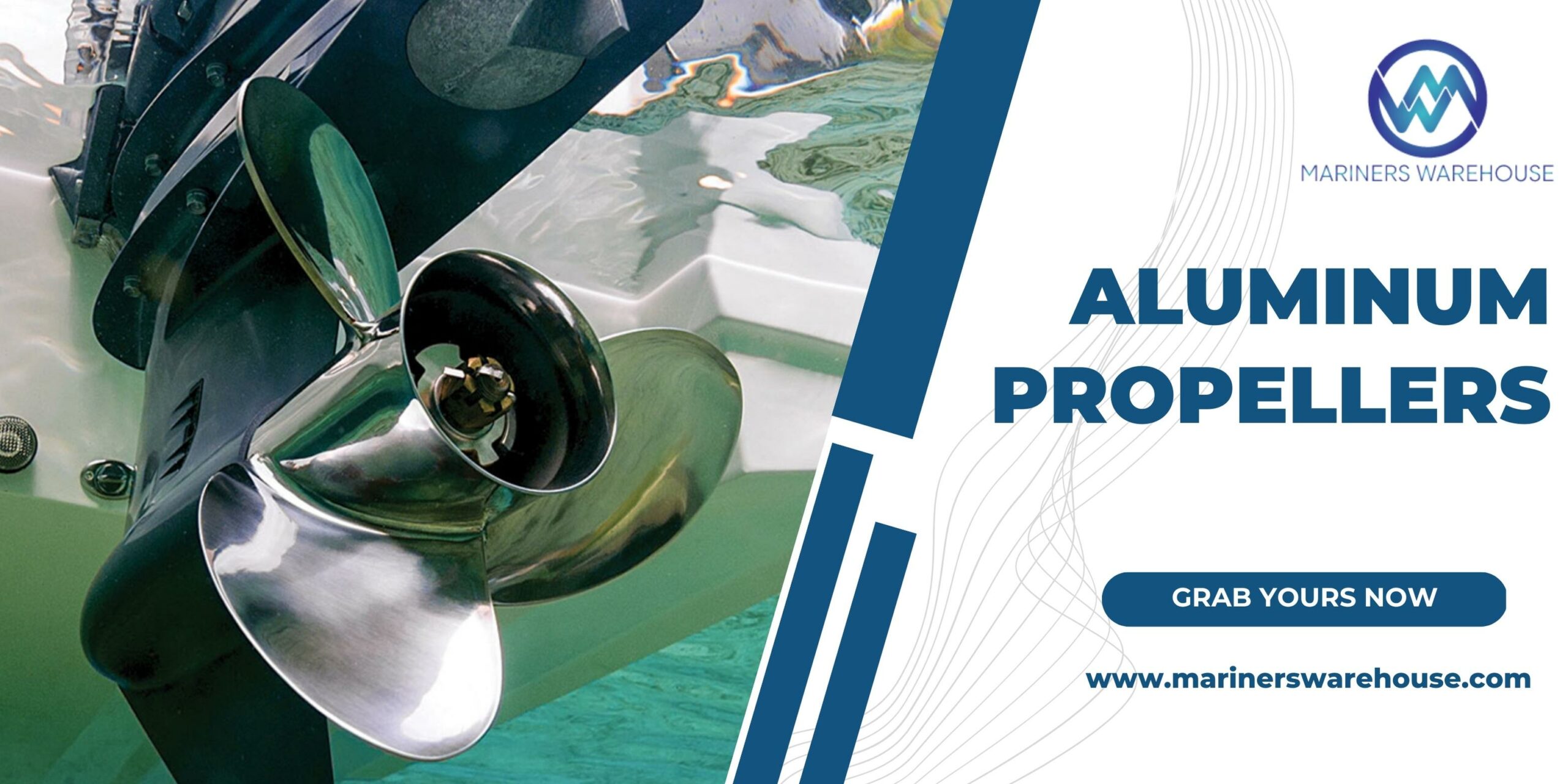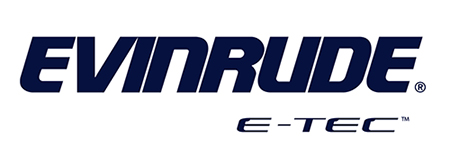The lower unit propeller on your outboard may be in excellent condition with minimal preventative maintenance. You can do several simple things to extend the life of your propeller, such as examining it for wear and corrosion, cleaning it, and using the correct oil. In this article, we’ll go over several strategies for extending the life of the lower unit propeller on your outboard motor.
Signs of Propeller Damage
Regarding yamaha outboard propellers damage, there are three common signs to look out for. Nicks and bent blades chipped blades, and propeller vibration indicates potential propeller damage. Let’s take a look at each in turn.
Nicks and Bent Blades
When inspecting your propeller, look out for nicked and bent blades. This damage is usually caused by colliding with complex objects, such as rocks, coral, or other vessels. If you see any nicks or bent blades on your propeller, you’ll need to replace the edge or even the entire propeller – depending on the severity of the damage.
Chipped Blades
Chipped blades are another sign of propeller damage. This damage is caused by the growth of barnacles on the propeller. These barnacles cause the propeller to vibrate, leading to considerable chipping on the blades. In this case, you may need a service to remove the barnacles.
Propeller Vibration
Propeller vibration can also be a sign of damage to the propeller. If you feel the propeller vibrate when you increase the engine speed, your propeller has likely been damaged. Propeller vibration can cause by various issues, from cavitation to damaged blades or a misaligned shaft.
Common Causes of Propeller Damage
Are you tired of your boat yamaha propeller being damaged? Well, everyday wear and tear can do a number on your propeller and make it a chore to maintain, but you should be aware of some common causes of propeller damage. Now, we will discuss the most common causes of propeller damage and how to avoid them.
Impact Of Underwater Obstacles
One of the most common causes of propeller damage is impact with underwater obstacles. When boating, it is essential to pay close attention to the depth of the water and any underwater obstacles that might be present. If your boat encounters an underwater obstruction, the spinning blades of a propeller may get damage. To avoid this damage, ensure you monitor the depth and regularly inspect your approaching environment.
Overloading the Propeller
Another common cause of damage to propellers is overloading. This happens when a boat propeller is loaded beyond its capacity. The motor and propeller are designed to handle a specific amount of weight. It is essential to ensure that you are adding enough weight, as this can cause the propeller to be overworked. To avoid overloading your propeller, make it a habit to inspect the weight of your boat before each outing and always within the recommended weight limits.
Neglecting Regular Maintenance
Most vessel owners often overlook essential maintenance tasks when it comes to maintaining yamaha outboard propeller. This can result in severe damage, including dings, dents, and cracks. Regular maintenance for propellers starts with cleaning. Over time, debris can build up on the surface of the propeller, leading to corrosion, weakened blades, and reduced performance. You should regularly inspect and clean the propellers to ensure they remain in top condition. In addition to regular cleaning, you should have your propeller inspected and serviced to competitive standards. This should do by a qualified and experienced propeller technician, who will be able to identify any potential issues before they become significant problems. This maintenance will help ensure your propeller continues to perform as designed.
Improper Storage and Handling
Propellers are very sensitive and need to be handled with care. Improper storage and handling of propellers can lead to significant damage, including dents, cracks, and breaks. This is why it’s essential to store propellers properly and use the right tools and equipment when handling them. Propellers should always store in a dry and dust-free environment. This will help protect the surface of the propeller from damage caused by moisture and corrosion. You should also always use the right tools when handling propellers, as improper means can cause scratches and dents.
How to Prolong the Life of Your Outboard Lower Unit’s Propeller
Every fisherman wants the longest possible life out of the propeller yamaha outboard on their lower unit. Extending the life of the propeller on your outboard motor’s lower unit requires very little work. You will only have to replace your outboard motor or lower unit’s propeller for a short time. Here are some guidelines.
Regularly monitor your prop, and its condition: Nicks, splits, cracks, cavitation erosions, and discoloration are all symptoms of wear and should be checked for regularly. You should review the prop before each usage and after collisions with underwater obstacles. One of the best methods to extend the life of your prop is to keep close tabs on its condition.
Regularly cleaning your prop: Before you check it, give it a good scrub down with a soft bristle brush to eliminate any accumulated filth like weeds, barnacles, mollusks, and the like. Propeller rust and other damage may avoid with regular cleaning.
Regularly lubricate your prop: Maintain the smooth operation of the propeller by lubricating it regularly. Regarding the lower units of boat outboards, only use a marine-grade lubricant.
Watching your speed: Always watch your RPMs to ensure you’re giving your prop the care that it deserves. Overuse might lead to overheating and damage to your prop.
Storing your boat propelling correctly: Make sure the prop safely store when you’re done for the day and the boat is put away for an extended time. To avoid rust and corrosion, remove the prop from the lower unit and keep it in a cool, dry area away from direct sunlight and heat.
Tips for Prolonging the Life of Your Outboard Lower Unit’s Propeller
Are you the proud owner of a trusty outboard motor and its all-important lower unit and yamaha propellers? Keep it running robust and reliable for years with these simple but effective tips for prolonging the life of your outboard’s lower unit propeller.
Proper Use and Handling of the Outboard and Propeller
The lower unit and propeller are the lifeblood of an outboard engine; take care of them correctly to keep your loved ones safe. Keep in mind the risks of propeller entanglement at all times. Check your outboard’s propeller for damage like rust or corrosion and bent or nicked blades before putting it in the water. Propeller damage may avoid, and this pre-launch inspection can ensure smooth operation at sea.
Regular Cleaning and Maintenance
Regular cleaning and maintenance of your outboard and its lower unit propeller will maintain them in good condition and lessen the likelihood of malfunctions and expensive repairs. If you plan on storing your boat for the winter, wipe out the propeller shaft and coat the lower unit with a silicone-based lubricant that is water and corrosion-resistant before putting it away for the season. Doing so will prevent seawater and moisture from damaging your boat and engine throughout the winter.
Storing Your Outboard and Propeller Correctly
Storing your outboard and propeller properly is essential if you want to extend the life of your outboard and its propeller. First, clean out all organic material, such as algae and other growths, from the lower unit and propeller before storing. This will help protect them from corrosion. Second, ensure your lower unit and propeller securely attach to the outboard. This will help protect both parts from any mechanical damage. Finally, store your outboard and lower unit propeller in a dry place and cover the entire assembly with a protective cover or tarp when not in use.
Identifying and Addressing Issues Promptly
Keep an eye out for wear and tear on your outboard’s lower unit prop consistently, and take care of any problems as soon as you see them. You should inspect the lower unit propeller yamaha of your outboard regularly for symptoms of deterioration, including loose pieces, fractures, and rust. Verify that the lower unit links to the propeller and is turning. You should fix any problems with your outboard’s lower unit and propeller as soon as possible to keep it running smoothly and prevent further damage.
Selecting the Right Propeller for Your Lower Unit
If you want your outboard’s lower unit to perform at its best, you need the correct propeller. Choosing the correct propeller for your outboard requires thinking about the size and kind of lower unit and how you want to utilize it. Propellers designed for particular outboard lower units perform better and survive longer than those designed for use with any outboard. It’s also essential to consider the water you’ll be running in, as different propellers perform better in certain conditions.
Conclusion
By following the above guidelines in caring for your outboard’s lower unit propeller, you can ensure that it will maintain its optimal performance and last as long as possible. Proper propeller maintenance can help prolong its life and help you enjoy years of uninterrupted boating pleasure. With the proper care, you can maintain your outboard’s lower unit propeller in excellent condition, ensuring you won’t suffer from unnecessary and costly repairs or replacements.

